Our answer is: Yes, but not always and not for all. Read this article which is based on AltexSoft’s experience as a Sabre Authorized Developer before diving into the intricate process of integration with the huge and complex platform.
What is Sabre: key things to know
Short for Semi-Automated Business Research Environment, Sabre was developed back in the 1960s by IBM to help American Airlines handle growing volumes of passengers. Sixty years later, the world’s first computerized system for flight booking still covers a lion’s share of airline and hotel reservations.Together with younger counterparts, Amadeus and Travelport, it makes up the Big Three that handles up to 98 percent of the travel distribution market. If you want to know how top GDSs differ from each other, watch our video.
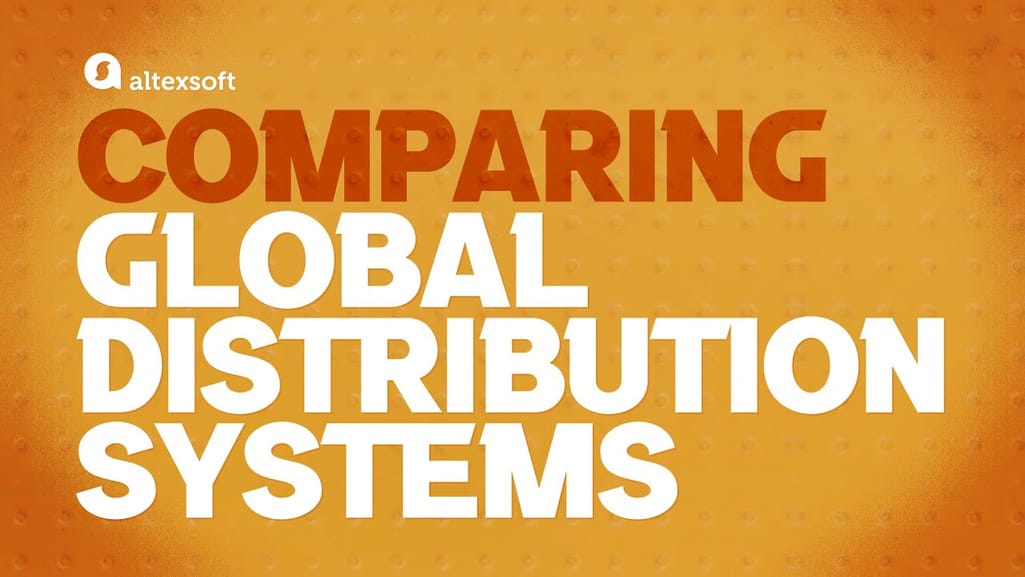

Sabre vs Amadeus vs Travelport comparison.
Sabre and other GDSs act not only as wholesalers of travel services. They also provide a wide range of technologies to streamline business operations. Their staple product consists of APIs or application programming interfaces that allow retailers to access the inventory from millions of suppliers and make reservations online. For those who are not familiar with the API concept, we created an explainer video.
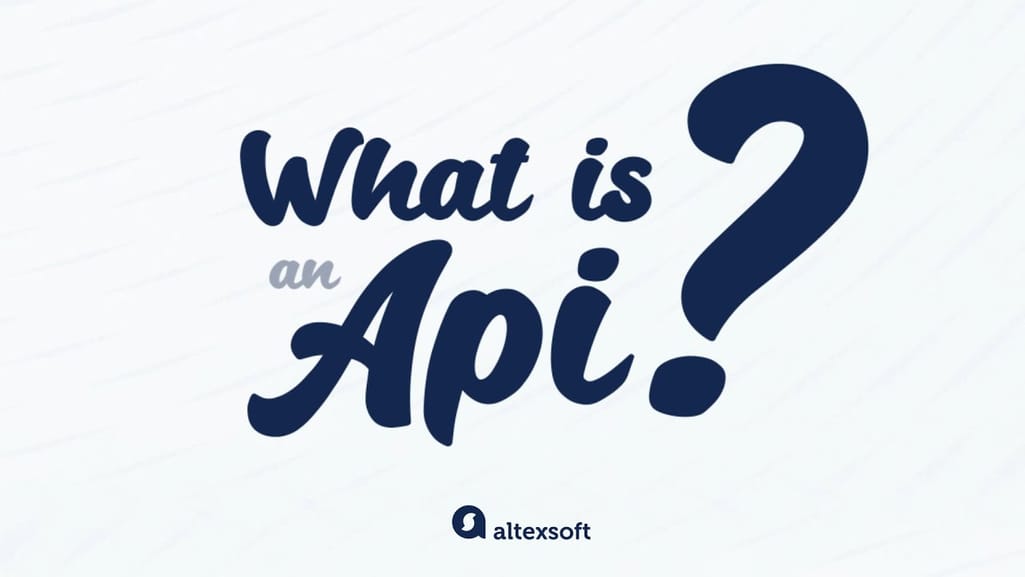

How APIs make systems talk to each other.
By establishing direct relationships with Sabre, online travel agencies, travel management companies, and other distributors can benefit from a full set of travel APIs including (but not limited to)
- flight booking APIs for 420 airlines,
- hotel booking APIs for 1.3 million lodging properties,
- car rental APIs for 40 car vendors,
- rail booking APIs for 50 rail carriers, and
- cruise APIs for 17 cruise lines.
Before proceeding to the technical side of integration, a travel company will go into long business negotiations. That’s what we know about details of this process from our clients and Sabre itself.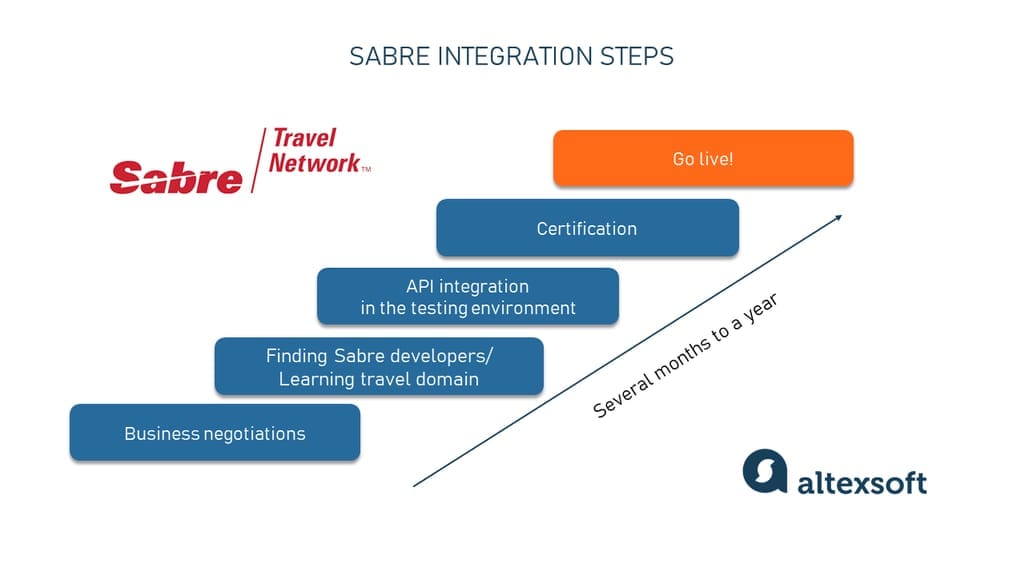
Key steps of integration with Sabre APIs.
Business negotiations: how to become a connected agent
Pre-integration falls into several steps and can take several months, from the initial contact to getting access to most APIs. (You can try some almost instantly, but more on that in a bit.)
Completing basic requirements
If you want to become a Sabre connected agency, first of all, you must make sure that your business meets key criteria set by the GDS. To get started, prepare the following information for submission:
- Proof of legal business entity;
- Proof of past performance (optional, for agencies that have been operating in the market for some time); and
- Industry accreditations.
Under the third item, Sabre cites three types of certification.
Accreditations required for air ticketing To sell flights in the US, you must have an ARC or Airline Reporting Corporation Number. For distribution of air tickets outside the US, a BSP or Billing and Settlement Plan identifier granted by IATA is mandatory. Read our articles to dive deeper into the subject.
Airline Reporting Corporation and IATA Billing and Settlement Plan: How They Work
Airline Reporting Corporation: ARC Accreditation Options and Steps to Get It
If you don’t have ARC/BSP numbers, Sabre offers you another option — booking travel under the umbrella of a host agency with all accreditations in place. In this case, you submit info about your host. Read our articles to understand how this scenario works.
Host Travel Agencies: Why You Need Them and How to Choose the Best Option
Booking and Ticketing For Non-IATA Travel Agencies
Additional accreditations required by your state or country. Some states and countries force travel agencies to acquire additional permits and buy security bonds or bank guarantees to make air and non-air bookings. In the US, four states have their unique Seller of Travel (SOT) Laws and licensing — namely, California, Florida, Washington, and Hawaii. Still check your location for travel business regulations.
Non-ticketing accreditations to prove industry recognition (optionally). This includes ARC’s Verified Travel Consultant (VTC) number and IATA’s Travel Industry Designator Service (TIDS) code, which is now free of charge. You can also use the codes of your host agency.
Getting access to APIs
When all required information is collected, your next step will be roughly as follows.
Completing the intake form. The most straightforward way to initiate contact with the GDS is to create an email-based account on SwitchtoSabre.com. After logging in, you’ll be asked to fill out the detailed intake form (questionnaire.) Upon completion, a Sabre representative will contact you to review your request and prepare a contract that meets your needs.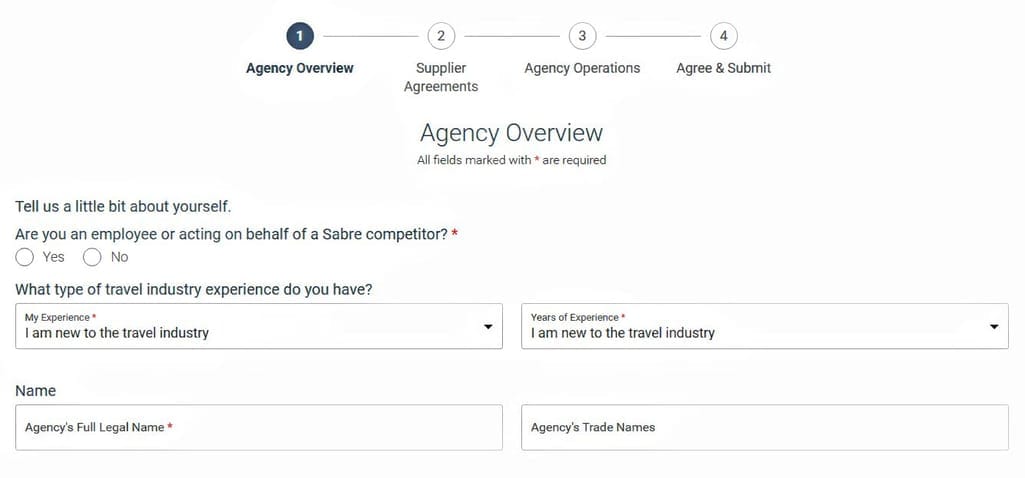
The fragment of Sabre’s intake form.
Negotiating an API set and target location. Your Sabre account will be pre-configured for particular APIs and locations you’ve agreed upon. If you target North America, you’ll get access to the latest information on bookings from this region. But once you try to find travel products outside the defined area, the depth of search will drop and you will be at risk of receiving incomplete and/or outdated information. So, think over what and where you're going to sell beforehand.
Signing a contract. The contract is usually sent via DocuSign, a transaction platform that enables you to securely finalize deals online. Take your time to consider price options and discuss the agreement with your lawyers. If eventually you are fine with all the terms and the contract is signed, Sabre grants you access to their account management portal, where you can find invoices to be paid within 60 days.
Activating API access. Once payments are made, you’ll receive an email with access credentials. Sabre also assigns a dedicated account manager who will give you a walk-through and make sure that you have all IDs and keys to work with APIs specified in a contract.
Adding new APIs and regions to your shopping cart. Keep in mind that each time you want to integrate with an additional API or cover a new region, you must contact your account manager, make amendments to the agreement and wait for the account and access to be re-configured. The entire process can take a couple of months.
It’s worth noting that currently, Sabre allows for trying out some of their APIs without any preliminary negotiations. All you need to do is create an account in Sabre’s Dev Studio. This way, you’ll get a Test User ID and Password to sign in to the testing environment. But don’t expect too much from this option.
Well before access activation happens, you have to find people for running the integration project. Probably, you already have a team of experienced developers. If not, let’s see where to look for relevant specialists.
Talent acquisition: how to find the right developers for Sabre API integration
When it comes to Sabre integration, it doesn’t matter much what programming language your engineers master. The platform supports almost all popular technologies. Specifically, AltexSoft developers used Java and TypeScript.
The two key qualities to look for in developers are understanding APIs and domain expertise. Your ideal candidate should have a solid grasp of such specific travel concepts and processes as
- flight booking,
- Passenger Name Record or PNR,
- ticketing,
- connecting flights,
- flight and interline itinerary,
- dynamic pricing,
- ancillary services,
- airline consolidator business model, and
- many other industry-specific concepts.
And here we come to the winning combination of API and domain prowess you can acquire if engaging developers who have already participated in GDS integration — at least once.
You can find a team with relevant experience in the Developer Partner Directory. All companies present in the list are Sabre-certified. This guarantees you’ll get the job done much faster because engineers won’t waste time exploring the ins and outs of the tricky platform. “With accredited vendors, a client avoids paying extra money for errors and long learning curve, inevitable for newbies,” Andrii Chebotarov, Managing Director of Travel and Transportation at AltexSoft, argues. “Besides that, the right architecture will be laid from the very beginning, so the quality will be better as well.”


Andrii Chebotarov explains travel distribution technologies.
Sabre API integration: what to expect
So, you’ve signed a business contract and your development team logged in to the Sabre sandbox or testing environment. Hold onto your hats, because you’re proceeding to the most сhallenging part.
As Glib Zhebrakov, Java Competency Lead at AltexSoft puts it, “A Sabre Developer is one who has already gone through the challenging process of Sabre integration.” Here are some takeaways from our previous experience that will probably help you in your integration journey.
Choosing between SOAP and REST APIs
You can interact with Sabre content via two prevalent types of APIs, SOAP and REST. But which one to use? The developer-friendly REST style has become the most popular option today due to its relevant simplicity and compliance with modern web architecture. SOAP is considered more complex and archaic. However, with Sabre, the choice is not that obvious.
Even a quick peek into Sabre’s catalog reveals that the older method preserves a dominant position: 293 SOAP APIs vs just 168 REST APIs. AltexSoft developers point out that the GDS provides elaborated SDKs (software developer kits) facilitating SOAP integration — which is not always the case with REST APIs.
Though we’ve mentioned that the choice of language isn't that important, PHP, .NET, and Java developers get the better hand since there are good native libraries to establish connections via SOAP. “Younger technologies like JavaScript and TypeScript don't enjoy such a level of out-of-the-box support when integrating with old-style APIs, so many steps require a custom approach,” Ivan Mosiev, Solution Architect at AltexSoft, explains.
Getting a helping hand
When you first enter the Sabre universe, you may be confused or even shocked by its complexity. It’s hardly a surprise though, given that the platform handles hundreds and thousands of carriers, hotels, OTAs, and other players.
Of course, there is documentation created to assist newcomers with typical issues. However, some problems haven't been addressed yet.
“You may catch mistakes that haven’t been documented. You’ll have to do a few things by trial and error and often contact Sabre support,” Ivan Mosiev recalls from his acquaintance with Sabre. It may take several hours to several days to process your request.
You can also ask for help on Stack Overflow, which already hosts almost 600 Sabre-tagged questions.
Creating the right requests
Shopping requests for travel products are bulky and it takes you a massive amount of time to arrange them properly. They contain a number of fields to be filled out in a specific way, so that you can get relevant offers — or content supplied by travel vendors in response to your request.
Say, when working with flight requests, you need to figure out how to exclude or choose certain airlines, how to sort out origin, intermediate, and destination airports, and consider many other details.
The same goes for hotels. “I wasn’t new to SOAP, Glib Zhebrakov shares about his experience with the GDS. “So, for me, there was nothing puzzling about API requests per se. The problem was in Sabre-specific peculiarities you just couldn’t know about if you’d never encountered them before.”
Automating flight booking flow
The full-fledged flight booking flow involves implementation of several API endpoints to make requests in a particular order.
- Flight search. The request returns a list of up to 200 flight offers meeting our criteria and sorted by price.
- Revalidation. After a particular flight is chosen from the list, you need to check if this option is still available and valid for purchase at the same price.
- Booking. At this step, a PNR is created. By default, the booking must be paid and ticketed within 24 hours. Yet, this aspect can be negotiated with Sabre separately. For example, one of our OTA clients took advantage of a 48-hour time window.
- Charging a ticket price.
- Ticketing and retrieving the PNR to track where you are in the ticketing queue. Usually, we set the system to make checks every five minutes. If after the fifth check your ticket is still not ready, a travel agent has to get involved and complete the step manually.
Watch our video to better grasp what the end-to-end flight booking consists of.
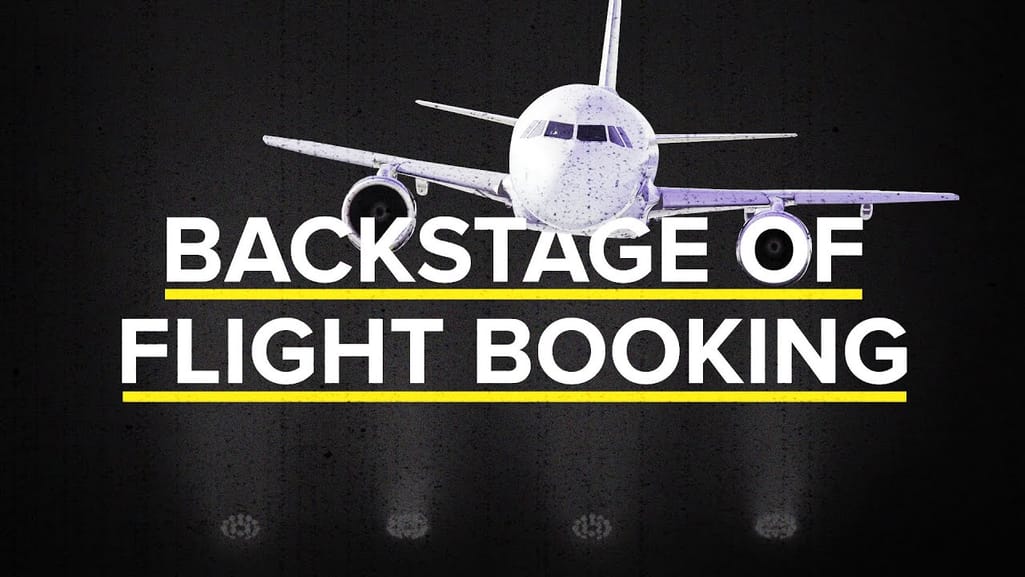

Flight booking steps and key systems.
If your OTA isn’t accredited for air ticketing, you book flights under your own credentials while ticketing occurs under the IDs of your host agency. This scenario doesn’t impact the integration process much. But it requires special settings on the GDS side to let your host agency see and change the PNR created during the booking step.
Automating changes and cancelations
What about altering travel details and cancelations? You have to implement an additional set of APIs to make changes to the PNR, delete certain segments from it, calculate the penalties to be repaid to airlines and hotels, and so on. Things become even more complicated when you need to cancel a particular leg of flight, but not an entire trip.
Many OTAs prefer to make changes and cancelations manually using the Sabre travel agent portal because they happen not as often as regular bookings while the automation of the unconventional flow takes much time and effort.
Automating hotel booking flow
The hotel booking flow looks simpler as it excludes ticketing. Yet, it comes with its own challenges. Flight offers don't contain much text, not to mention images — and it’s normal. But when looking for hotels people expect to obtain detailed descriptions and high-quality photos of their accommodation.
GDSs still lag in delivering feature-rich content. This is because they mostly target travel management companies when offering hospitality inventory, and rich content remains a lower priority for corporate travel.
As for images returned by Sabre APIs, they are typically of poor quality. If you want your customers to see hotel rooms in all their glory (and finally book them), you have no other way but to upload photos from other sources. Check our article on hotel APIs to learn more about hospitality suppliers.
Certification: when your integration can go live
Your API implementations are tested and seem to be ready for launching. Yet, it’s not the end of the story. Before hitting production, your integrations must undergo the certification process.
The procedure involves Sabre specialists who access your testing environment to check whether your sequence of requests return the right responses, in other words, whether the entire travel shopping flow works properly.
The certification usually takes four to eight weeks. Consider it when estimating your time-to-market!
Key lessons learned: it’s hard but worth the effort
Now that you see the complete picture, we want to sum up by highlighting important aspects.
Sabre is flight-centric. Sabre was designed with air ticket distribution in mind. And that’s where it shines. Problems arise when it comes to hotel booking. The content you get will be far from perfect. You’ll have to deal with low-quality photos of properties and 200*200 px hotel logos. In the age of Retina displays, you could do better.
Your developers should clearly understand how flight booking unfolds behind the scenes. It’s very useful to know the sequence in which your requests must be run. This speeds up finding specific documentation or getting the right answers from tech support.
It’s a long-term initiative. Sabre integration is a long process, from both a business and tech perspective. It may take several months to a year, starting from filling out the intake form and ending at the moment your project goes live.
GDSs are still an unrivaled option for those who sell air travel at scale. Sabre enables you to retrieve offers from hundreds of airlines and automate the entire booking flow. So, eventually you will be repaid for the major work effort.
